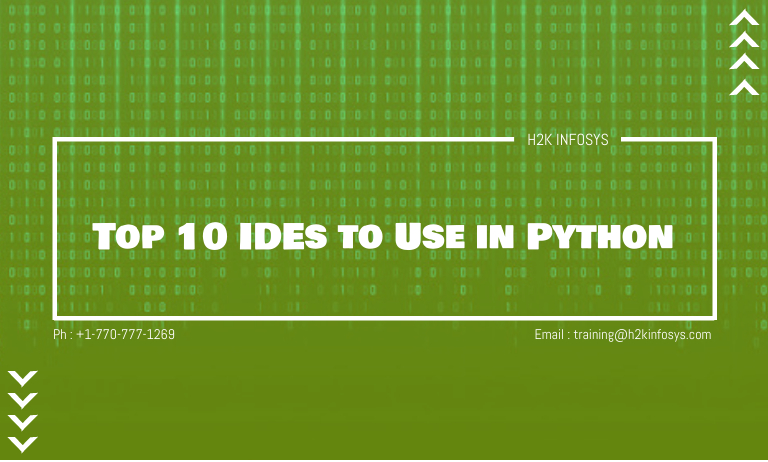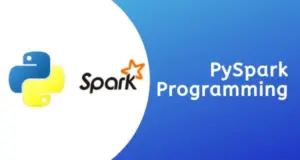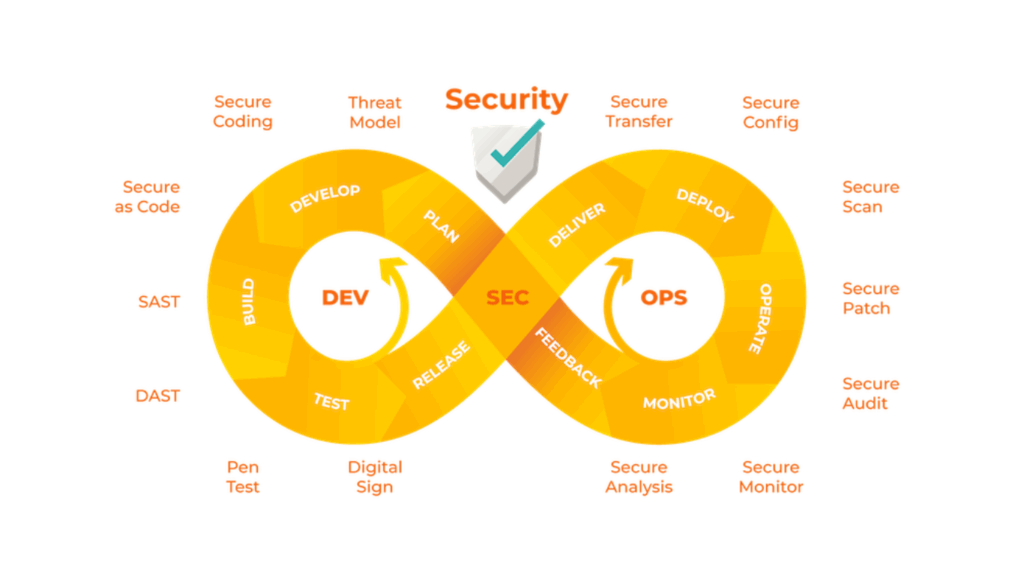Codes are written and edited in a code editor. By convection, they are lightweight and help for fasting learning in programming. But as you write larger codes, you are prone to make syntax errors, link modules from different directories, test and debug your codes, etc. In such scenarios, it is a good idea to use IDEs
IDEs which stands for Integrated Development Environments. They can be regarded as a more sophisticated code editor even though both terms are used interchangeably by developers. They significantly boost your productivity and help you write cleaner codes.
However, there are a plethora of IDEs out there. In this article, we will discuss the best IDEs you can use and their features. Let’s jump into it.
1. Sublime Text 3
Sublime Text is one of the most loved IDEs even for advanced python developers. Sublime Text does not support only Python but many other programming languages. While Sublime Text has built-in support for Python, you can also install packages for auto-completion, code linting, debugging, and so on. It also has many of the packages used for scientific development and web development including Flask and Django.
With Sublime Text, you have full customization of the IDE which allows you to build applications based on your requirements. The IDE works on various operating systems such as Windows, macOS, Linux, etc.
Moreso, Sublime Text has a free trial.
Features
- You can highlight syntax
- It is super responsive and fast
- It has a robust API that makes you install plugins for better functionality.
- It has multiple selections. You can select a variable all at once and make changes
- It has a command palette that opens you to infrequently used functionality.
2 . PyCharm
PyCharm is a popular cross-platform IDE for Python. PyCharm is capable of syncing complicated codes efficiently. It also has APIs that can be used to build plugins for more personalized functionalities. PyCharm IDE is used on various platforms such as Windows, Linux, and macOS. PyCharm has a free version as well as a paid version. The paid version however supports advanced features such as full DB management.
Features
- It has a great community support
- Code syntax highlighting
- PyCharm is capable of doing testing and debugging without any external requirements.
3. Visual Studio Code
Visual Studio Code called VS code for short is another state-of-the-art IDE. It was developed by Microsoft in 2015 and has since added a lot of cool functionalities. VS Code is an open-source project on GitHub and has the most contributions to any Microsoft program. Its UI is appealing to the eyes, making your codes look beautiful. Also, Visual Studio packs several interesting features such as autocompletion, a debugging console as well as a terminal capable of launching web servers.
Features.
- It is lightweight
- It had over 4500 extensions
- It can be used for many applications depending on the extension installed.
- You can import keyboard shortcuts from other text editors such as Sublime Text
4. Atom
Atom is a great lightweight IDE for Python developers. It is particularly loved by many because of its simple user interface relative to other IDEs. It is a free and open-source project that is also cross-platform. This means that Atom works on all the major operating systems.
Features
- Intelligent autocompletion
- It is cross-platform
- It has multiple panes
- It has a built-in package manager that allows you to search for new packages and install them right from Atom without pip
- It has a find and replaces the feature
5. Kite
Kite is an IDE for multiple programming languages including Python. Kite brags of embedding Artificial Intelligence into its features which amongst other things, automates repetitive activities. Kite also provides a plugin that can be integrated into other IDEs. They also have a desktop application where you can quickly search for Python documentation.
Features
- Has an AI-powered auto-completion feature
- Has plugins that can be used to access Python documentation
- Displays tips when you hover your mouse on an object
- It has great support in email
6. Jupyter Notebook
Jupyter Notebook is perhaps the most popular IDE for Data Scientists. It has an interactive layout that allows you to run chunks of code and inspect the result on the go. As mentioned, the IDE is mostly used for data science. However, it is also a great tool for presentation and other educational purposes with its Markdown feature.
Features
- It is one of the best for building machine learning models
- It supports a lot of programming languages
- It gives you access to the official docstring of a method or function
- The foundation libraries for data science (numpy, pandas, matplotlib, sci-kit learn) come preinstalled.
7. Spyder
Spyder is another fantastic IDE that is commonly used for Data Science applications. The IDE is an open-source project that was written in Python. Spyder can be accessed through Anaconda and is distributed on various platforms including Windows, macOS as well as Linux.
With Spyder, you can highlight a block of code from the price of code you wish to run.
Features
It is great for running chunks of code.
- It has a good error warning system
- It is great for creating visualization such as histograms, bar plots, line plots, scatter plots, etc.
- You can visualize data frames from the code editor
- You can easily find and resolve bottlenecks
8. Thonny
Thonny is a beginner-friendly IDE that comes with Python 3. So as soon as you install Thonny, you can start writing Python codes straight out of the gate. Its interface is simplified such that beginners can easily get started with coding in Python.
Thonny highlights syntax error, and is capable of code completion and debugging.
Features
- It can inspect codes and point out errors.
- It provides bracket matching
- It gives you details of expression evaluation
- It has a simple and clear pip UI.
9. Vim
Vim is a brilliant open-source IDE that was first published as far back as 1991. Vim is slightly different from other IDEs because of its modal operation mode. There are three modes in Vim, insert mode, command-line mode, and command (or normal) model. It does not have a generic Graphics User Interface (GUI). However, there is a separate GUI for Vim and gVim.
Features.
- It does not use large computer memory
- It makes use of commands
- It supports plug-ins for a variety of purposes
- You can create and work on multiple files at once
- It has a recording feature where you can record Vim commands and replay them anytime you wish.
10. IDLE
IDLE which means Integrated Development Learning Environment is the default IDE that comes along with installing Python on your machine. It is lightweight and has a simple UI. IDLE can be used in Windows, Unix, and macOS.
Features
- Syntax highlighting in its Python shell
- It is a multi-window text editor
- It has an integrated debugger
In summary, Python is a great language to learn coding and with any of these IDE, you can be sure your learning experience would get better. If you wish to learn Python, we have a detailed solution-oriented outline that teaches you all you need to know to learn your first job. We also have tonnes of free materials that teach you important concepts in Python even for an absolute beginner.




























